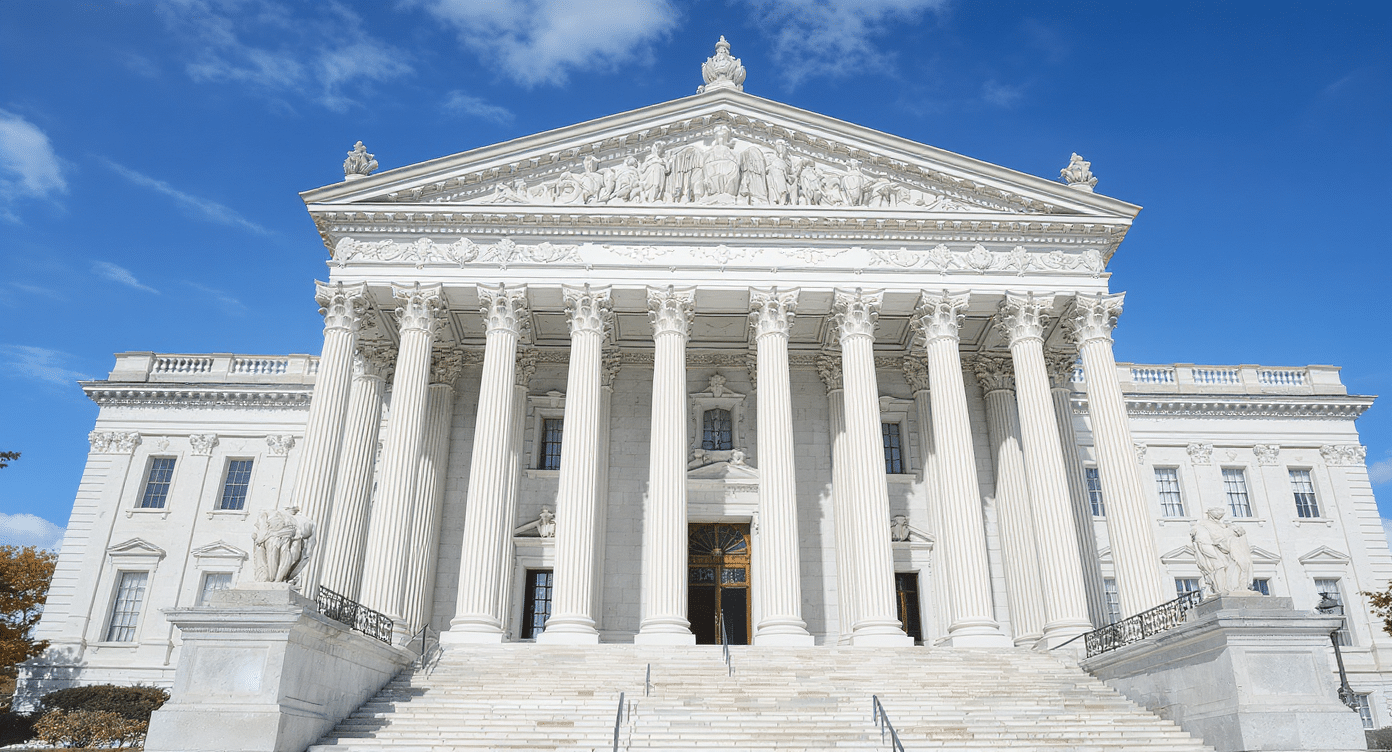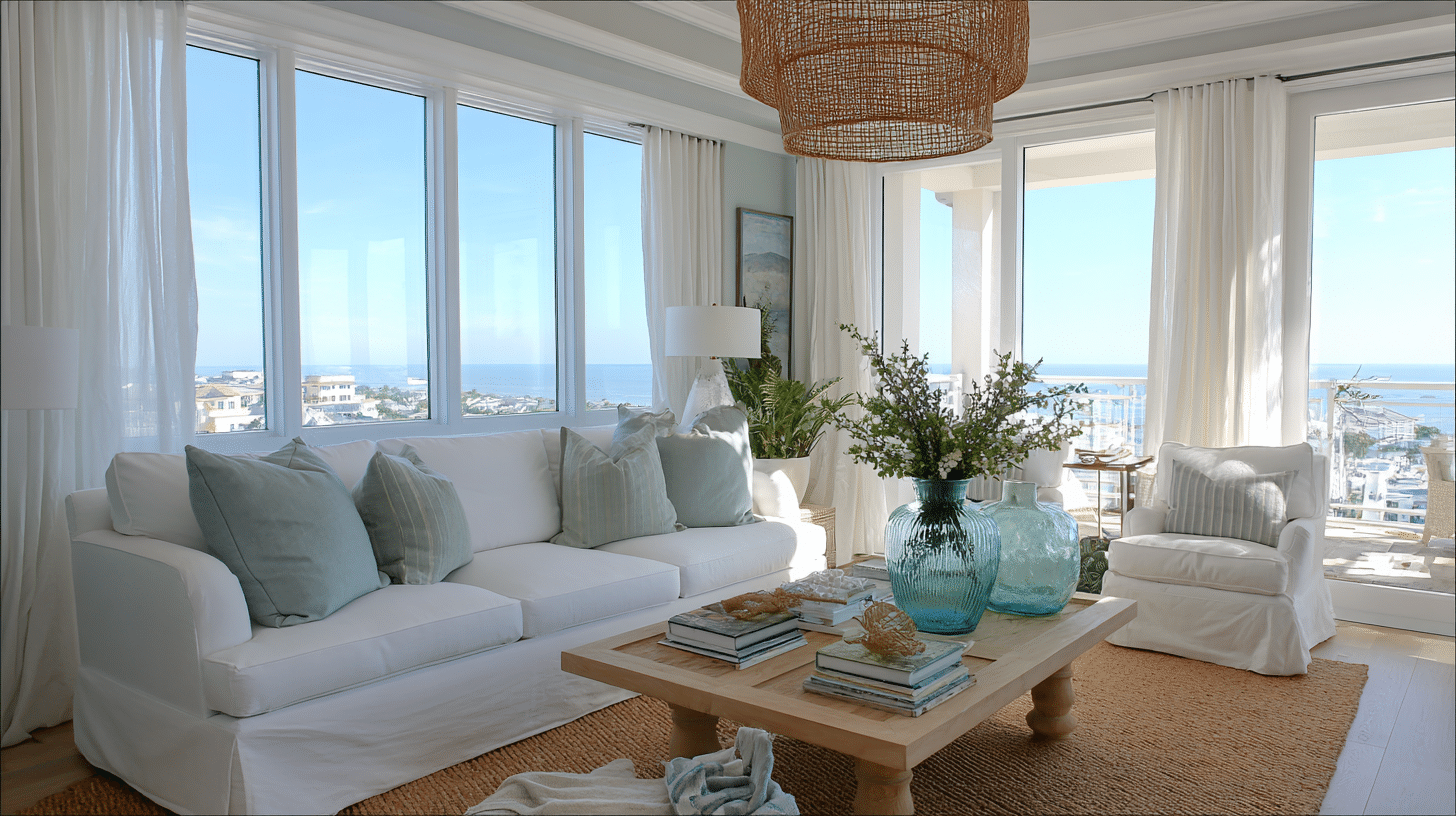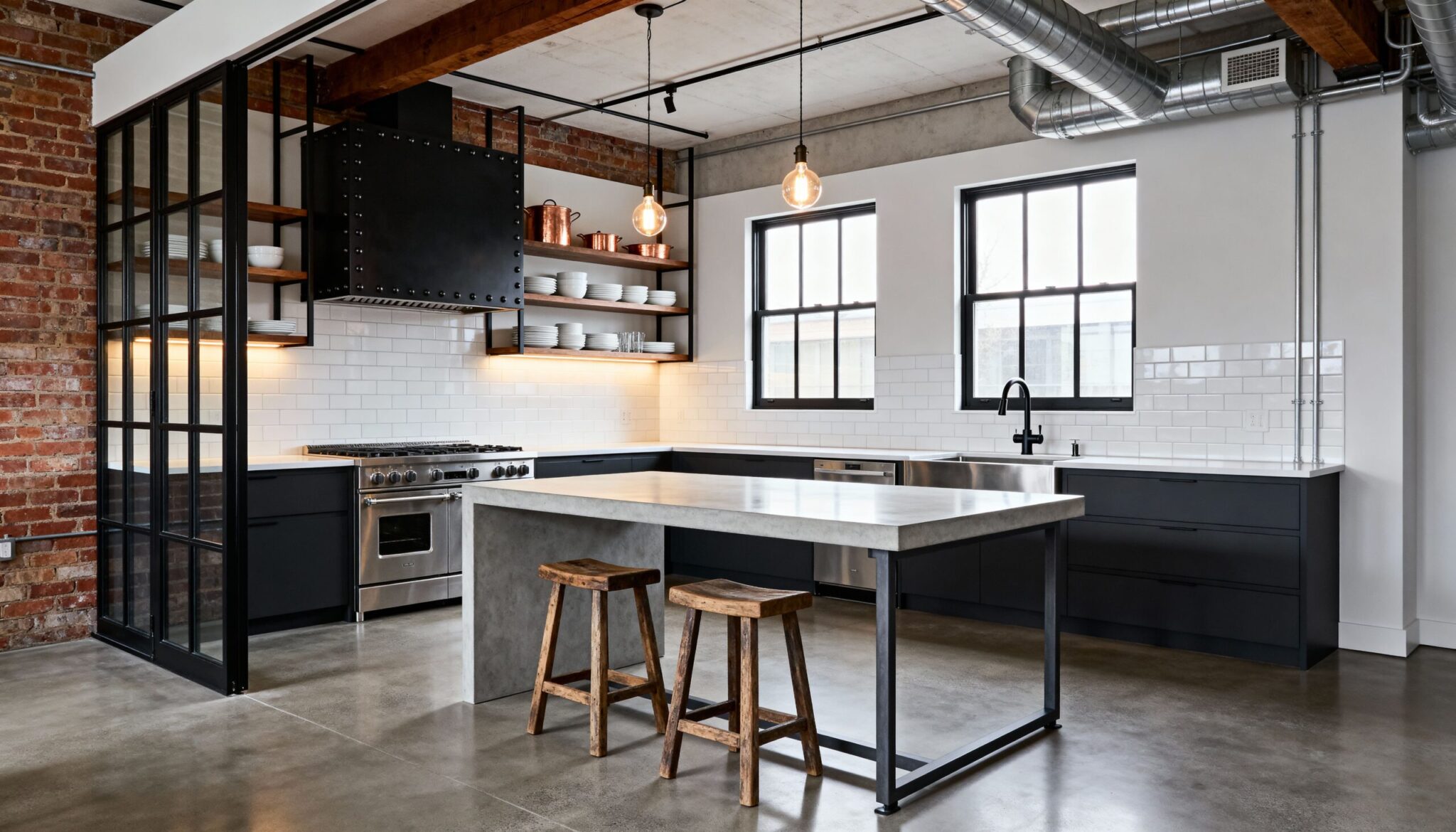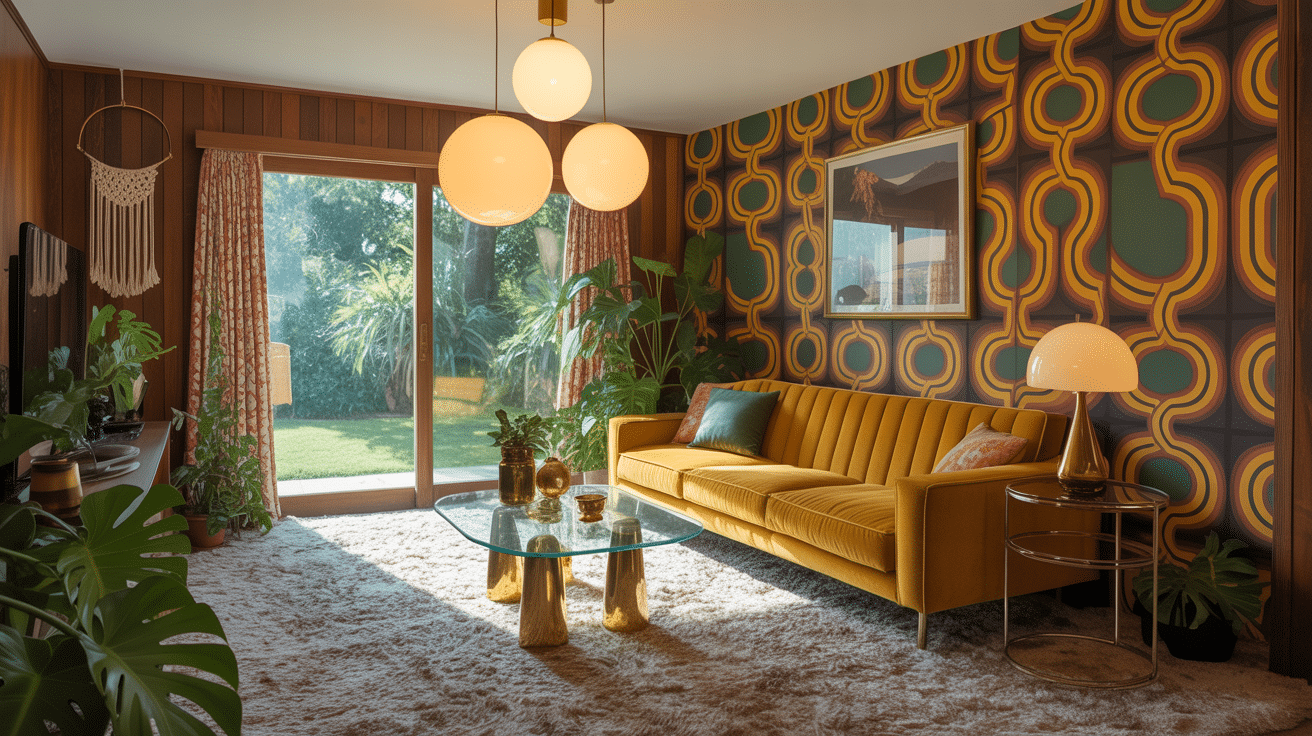From Ancient Greece to a Modern Era – The Roots of the Revival
The story starts way back in ancient Greece, where architects built those iconic temples we still admire today. Think of the Parthenon with its perfect columns and clean lines.
However, what’s interesting is that this architecture didn’t appear overnight in America.
It all began in the late 1700s when archaeologists started rediscovering these ancient Greek sites.
People became interested with Greek democracy and culture. They saw Greece as the birthplace of democracy, which really appealed to the young American nation.
By the early 1800s, American builders started copying these classical Greek designs.
They loved the idea of connecting their new country to ancient democratic ideals. The style spread like wildfire across the eastern United States.
Columns, Pediments, and Symmetry
When you see a building with tall white columns and a triangular roof, you’re looking at the signature features that define this architectural movement.
These elements work together to create that unmistakable classical look we associate with important buildings.
1. The Power of Columns

Greek revival architecture relies heavily on columns as its primary visual element. These aren’t just decorative – they tell a story about strength and permanence.
Doric Columns: The simplest and most common type, with no decorative capital at the top. You’ll see these on countless American buildings from the 1820s onward.
Ionic Columns: Feature scroll-like decorations called volutes at the top. The Second Bank of the United States in Philadelphia (1824) showcases beautiful Ionic columns.
Corinthian Columns: The most ornate style with elaborate leaf decorations. Less common, but used for grander buildings, such as the U.S. Capitol.
2. Triangular Pediments – The Crown Jewel
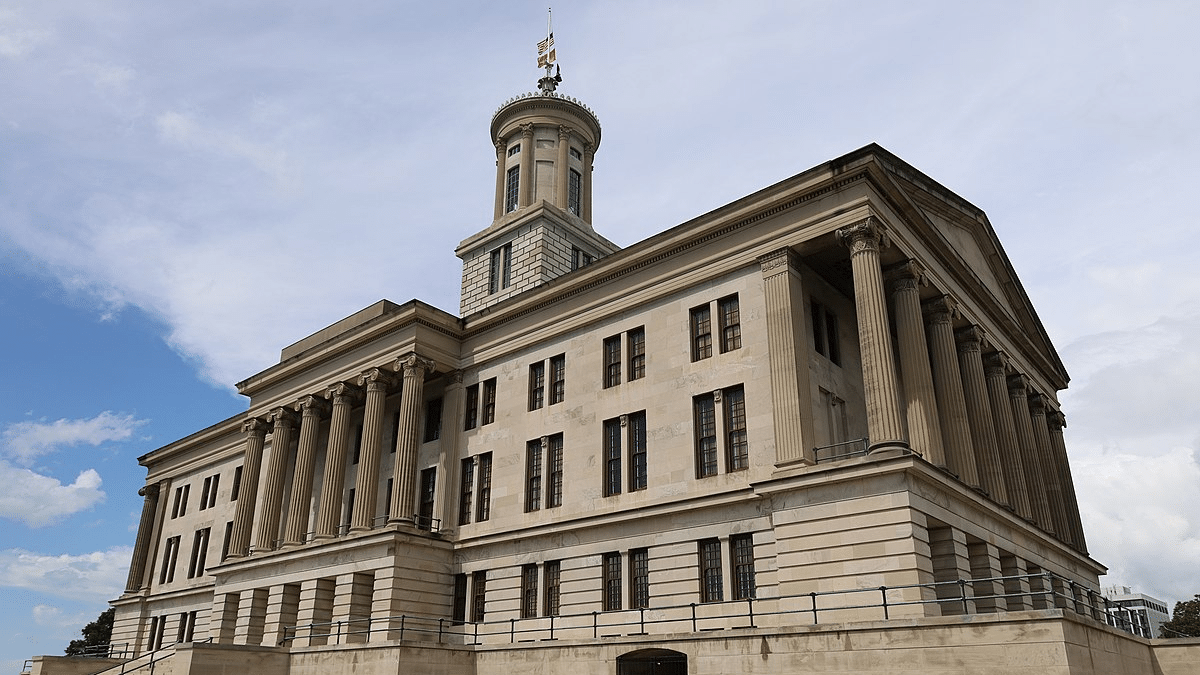
The pediment is that triangular section you see above the columns, and it’s crucial to the this architectural style.
Classic Proportions: Follows ancient Greek mathematical ratios for perfect visual balance.
Decorative Elements: Often contains carved reliefs, eagles, or other patriotic symbols.
Practical Purpose: Helps shed rainwater while creating that temple-like appearance.
The Tennessee State Capitol (completed in 1859) features one of America’s most impressive pediments, complete with intricate stonework.
3. Symmetry – Balance in Every Detail
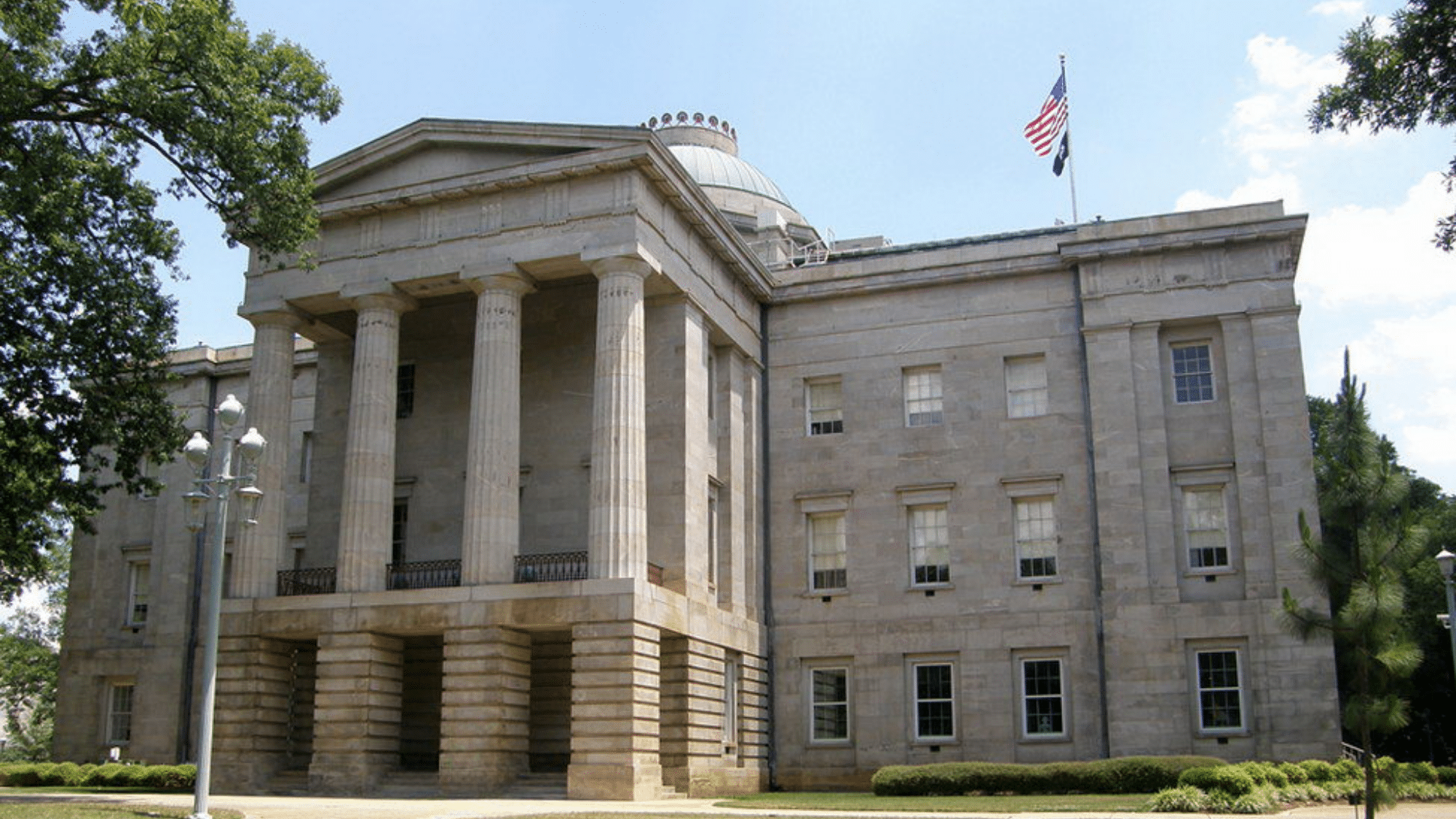
Perfect symmetry defines every original Greek Revival building you’ll encounter.
Centered Entrances: The main door is situated precisely at the center of the facade.
Even Column Spacing: Columns are positioned at mathematically precise intervals.
Balanced Windows: Windows match perfectly on both sides of the central entrance.
This obsession with symmetry reflected American ideals about order and democratic balance during the 1820s-1850s period.
4. Materials and Construction Methods
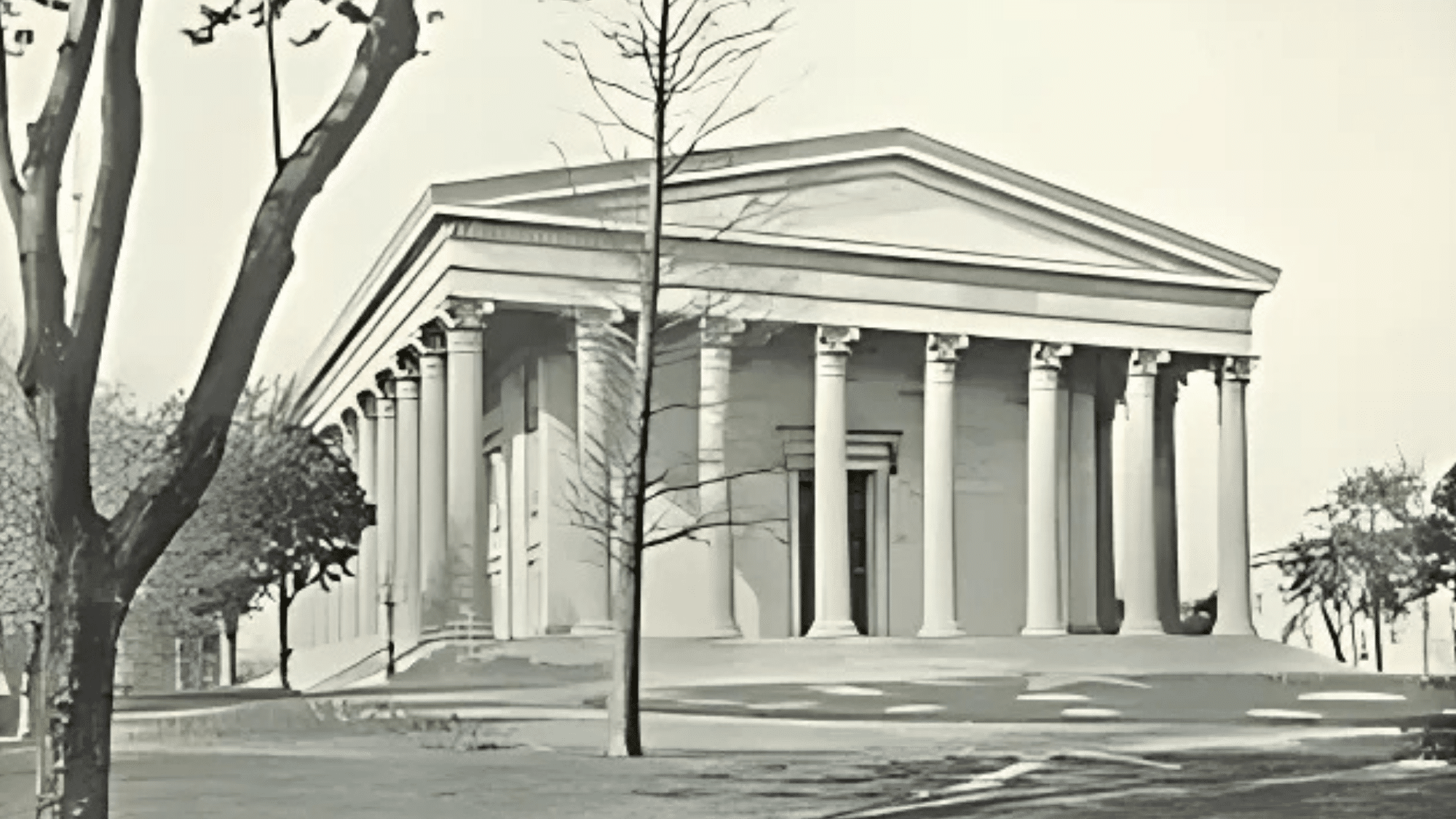
The choice of building materials played a huge role in creating that genuine Greek revival architecture.
White Painted Wood: Most commonly used material, especially in New England. It was cheaper than stone but achieved the desired effect.
Local Stone: Limestone and marble were used when budgets allowed. Girard College in Philadelphia (1848) was built from striking white marble.
Brick with Stucco: Many builders used brick cores covered with white stucco to mimic the appearance of expensive stone construction.
Cast Iron Details: By the 1840s, mass-produced cast iron elements made decorative features more affordable for average builders.
The key was always achieving that crisp white appearance that reminded people of ancient Greek temples gleaming in the Mediterranean sun.
5. Proportional Harmony – The Mathematics of Beauty
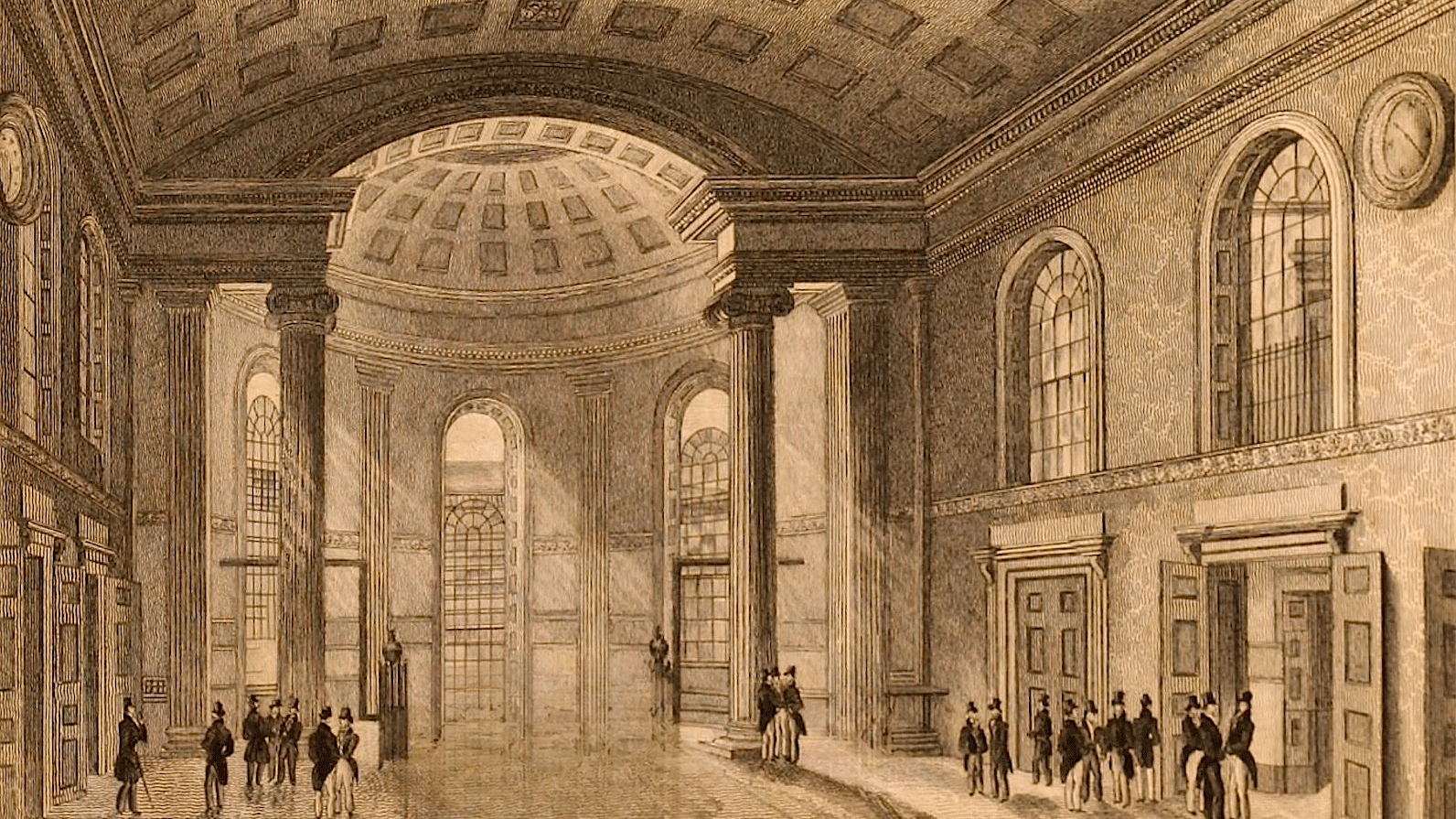
Greek Revival builders adhered to strict mathematical principles to achieve visual perfection in their aspects.
The Golden Ratio: Many structures employed the 1:1.618 ratio, which is found in nature and ancient Greek architecture.
Module System: Column width determined all other proportions in the building design.
Height Relationships: Pediment height is typically measured as one-third the width of the building’s front face.
Window Placement: Positioned using geometric formulas rather than random spacing.
How Greek Revival Architecture Shaped the Nation’s Identity
Americans viewed ancient Greece as the birthplace of democracy, which perfectly aligned with their own democratic experiment.
Building in the Greek style meant connecting the new nation to these noble ideals.
It was like saying, “We’re continuing what the Greeks started.”
The timing was perfect, too. Between 1820 and 1860, the United States experienced rapid growth and sought to establish its own distinct cultural identity, separate from that of Britain.
Greek Revival buildings appeared everywhere – courthouses, banks, schools, and churches. Each one sent a message about American values of democracy, order, and civic responsibility.
This wasn’t just about looking good. It was about showing the world that America belonged among great civilizations.
From Glory to Fading Influence
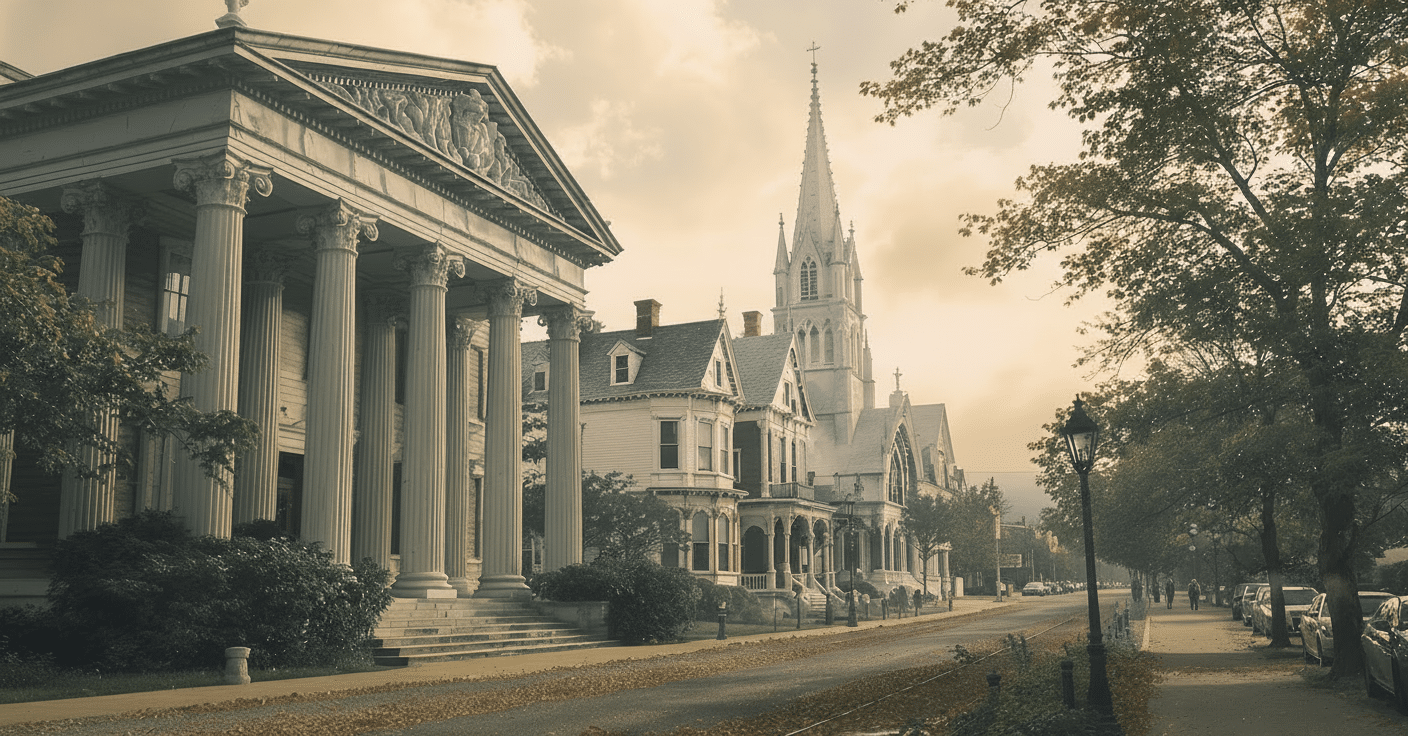
The golden age of Greek Revival couldn’t last forever.
By the 1850s, Americans started getting tired of seeing the same columns and pediments everywhere they looked.
Several things caused this shift. The Civil War altered national priorities and budget allocations. People began craving for more variety and personal expression in their architecture.
The Gothic Revival movement offered something completely different – pointed arches, decorative stonework, and romantic medieval styling.
Railroad expansion also played a significant role as America expanded westward; builders required faster and more cost-effective construction methods. Those carefully crafted columns and precise proportions took too much time and money.
By the 1870s, Victorian styles dominated new construction. Greek Revival became associated with the old guard – still respected but no longer exciting.

